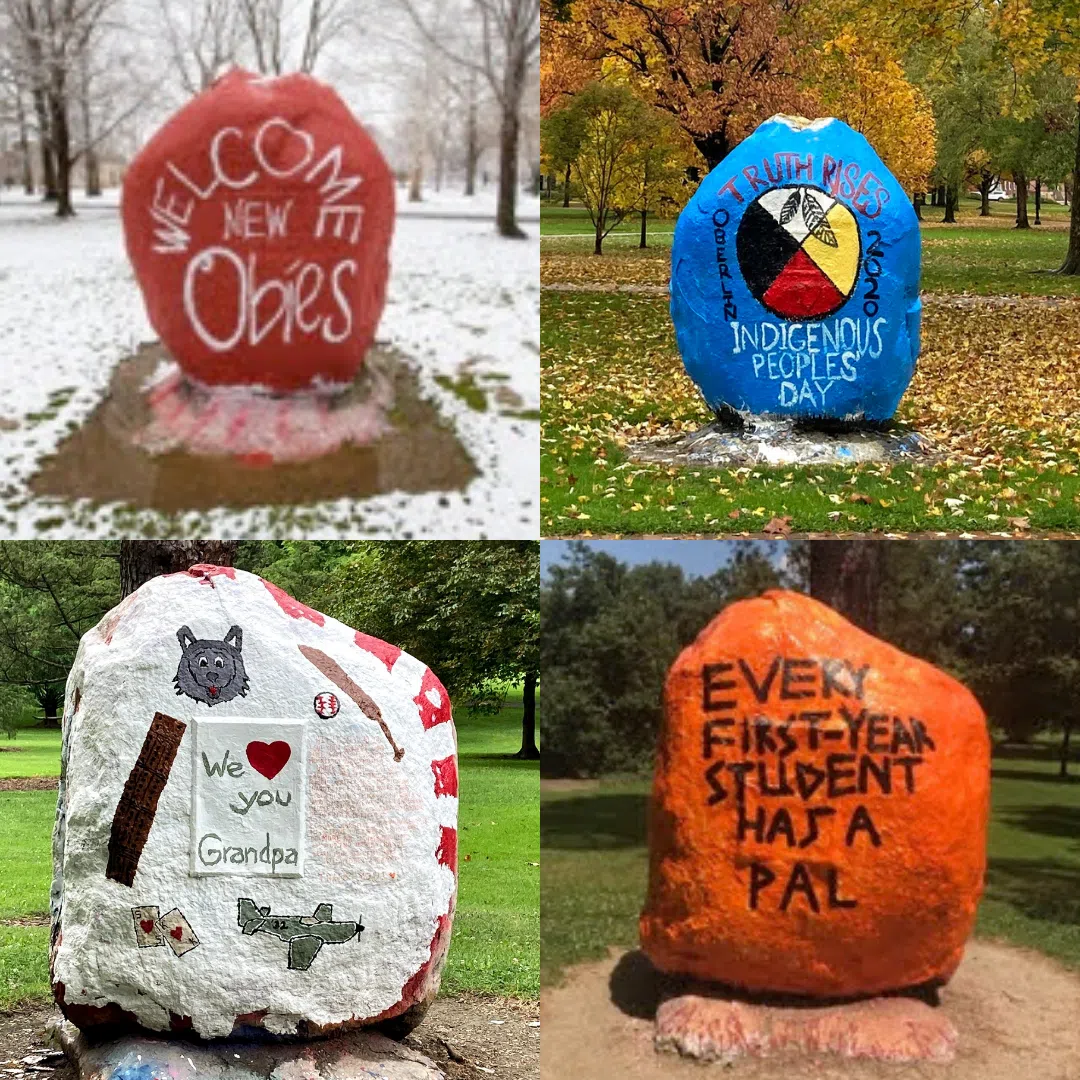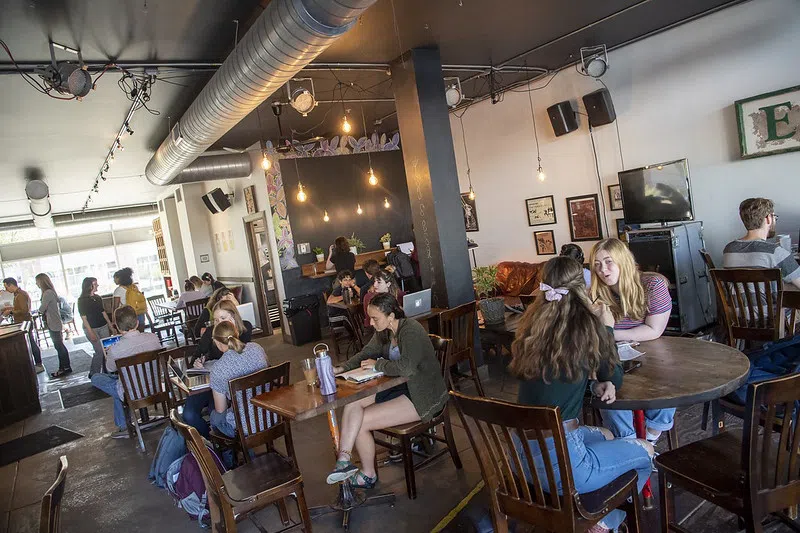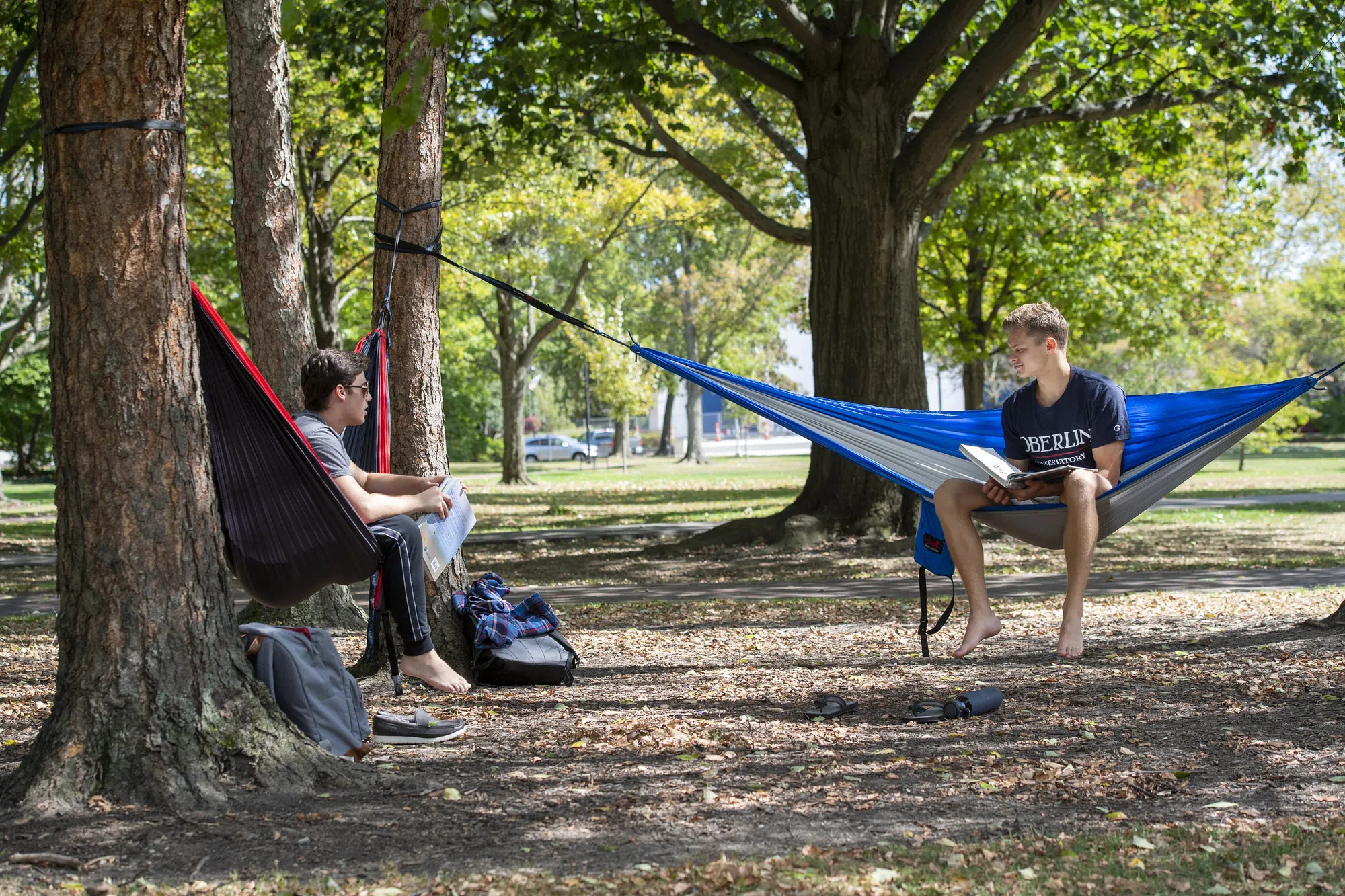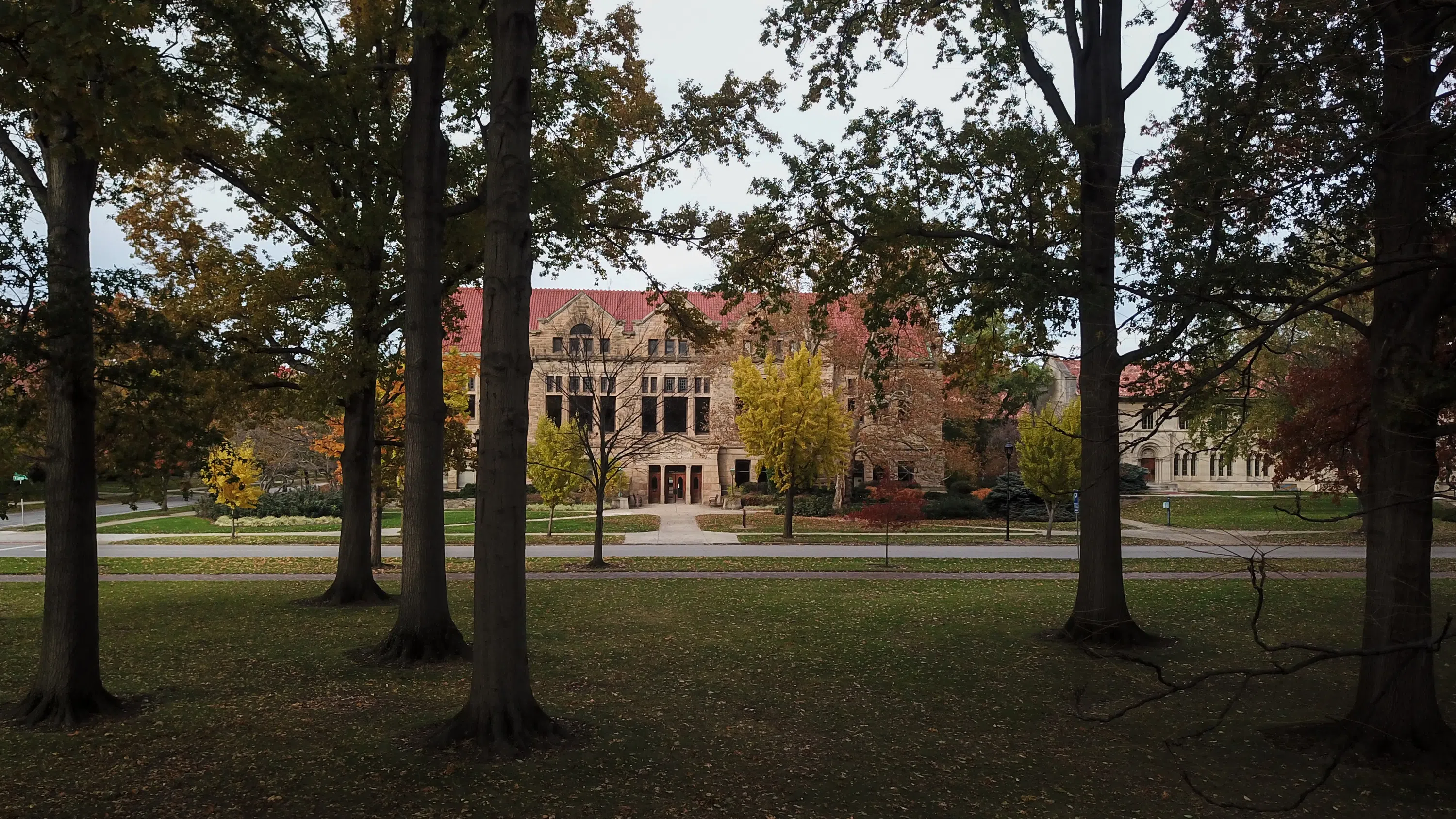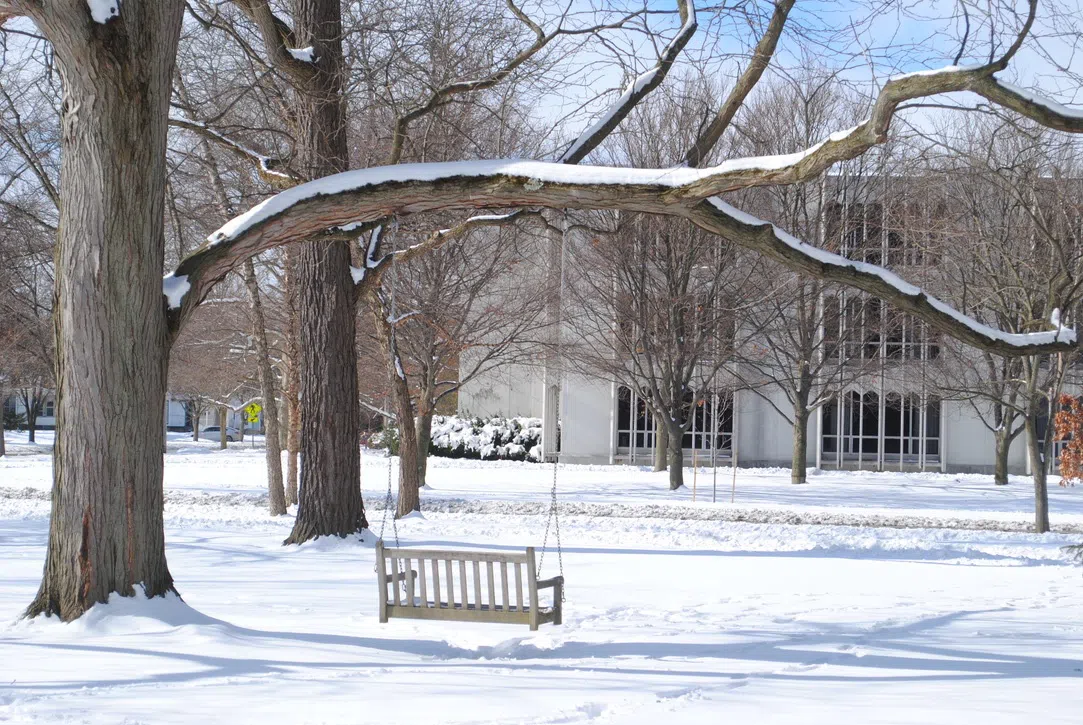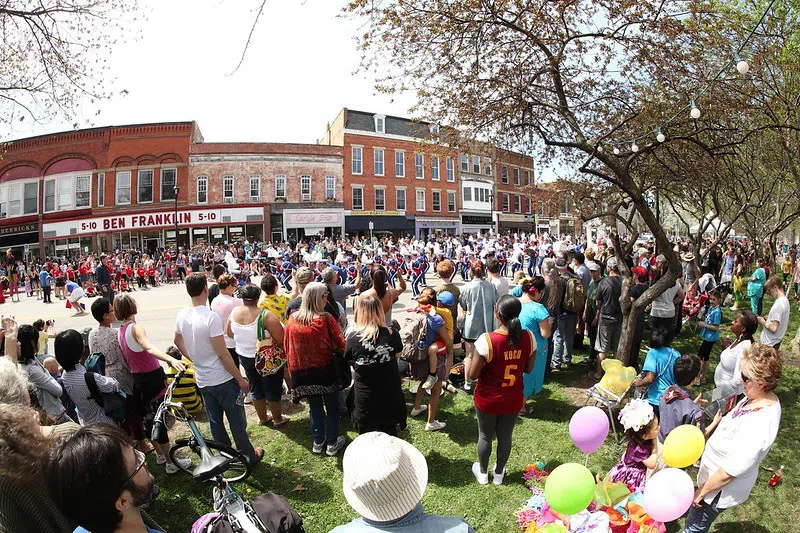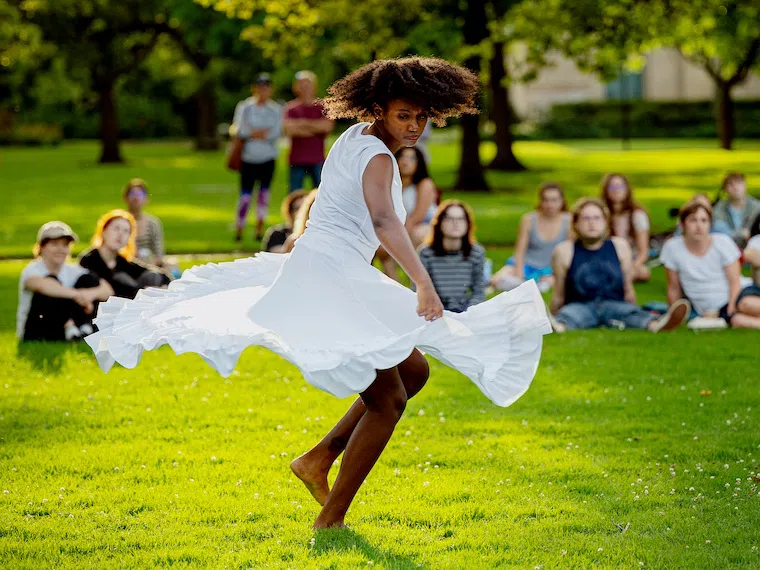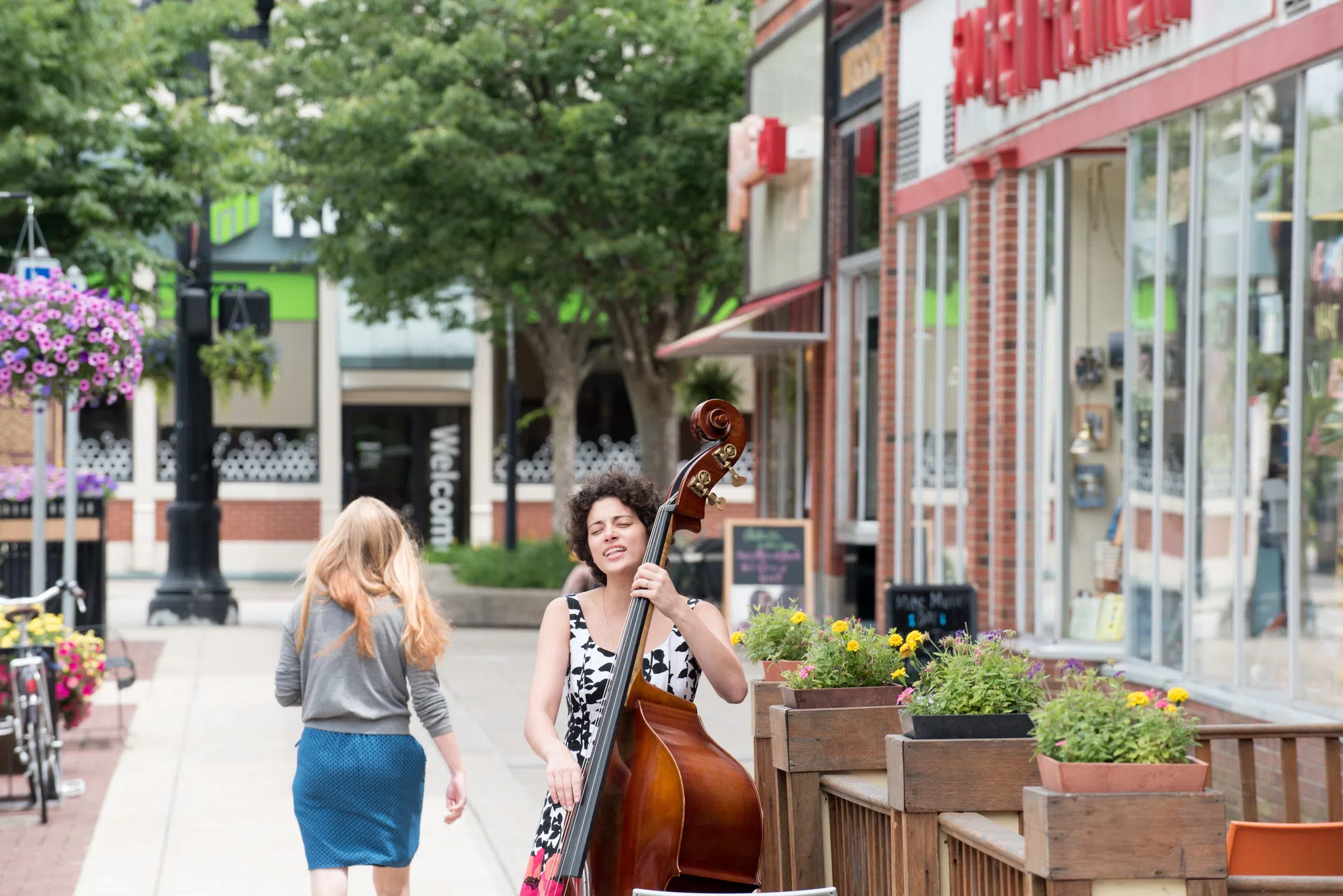Media Gallery
Oberlin's Legacy
📍 Oberlin's Legacy
The college and community thrive on progressive causes and social justice initiatives. Oberlin College was the first undergraduate institution to adopt a race-blind admissions policy in 1835, and the first to educate women in a co-educational program beginning in 1837. This legacy of progressive policies related to access and inclusion continues today.
A Community of Firsts
In 1844, George B. Vashon became the first Black student to earn a bachelor’s degree from Oberlin. In 1862, Mary Jane Patterson earned a BA degree in education, becoming the first Black woman to earn a degree from an American college. Around this time, Oberlin was a key stop along the Underground Railroad and by the year 1900, one third of all Black college graduates had earned their degrees at Oberlin. Oberlin is proud of its history and dedication to social and racial justice. Progressive causes and lively debates still thrive in both the city of Oberlin as well as the college.
Oberlin’s Wider Community
Our motto is “Learning and Labor.” In the early days of Oberlin, tuition was free because students were expected to contribute by helping to build and sustain the community. The concept attracted many bright young people who would otherwise not have been able to afford tuition. Eventually this approach was discontinued, although the motto remained, and today we see that same sense of responsibility to the greater Oberlin community. You will find students participating in community service in town, working at and frequenting local businesses, and participating in lots of community events. One of the most popular traditions is The Big Parade, a community arts event that brings together residents of all ages. The parade and festival features music, dancing, costumes, bikes, and floats, all to represent the various facets and groups of Oberlin!
Obies Speak Up
Oberlin students are outspoken about current issues and challenges facing the world. Tappan Square is often the site for demonstrations, vigils, teach-ins, and other conversations that are organized on campus. The rocks located in Tappan Square are covered in layers of paint with celebratory messages, announcements, memorials, congratulations, and political activism. Anyone is welcome to paint a Tappan Square rock, and it has become a popular tradition over the decades.
Oberlin's Land Acknowledgement
There is much to celebrate about this incredible place called Oberlin, but doing so requires us to reflect not only on the long history of our institution but also on the land on which it currently resides. Although Oberlin marks the founding of the town and college in 1833, the history of Oberlin begins much earlier. The land of our institution is the traditional homelands of the Erie, Wyandotte, Ottawa, Miami, Potawatomi, Shawnee, Lenape (Delaware), and other Great Lakes tribes (Chippewa, Kickapoo, Wea, Pinakahsaw, and Kaskaskia). The only way we can in good conscience celebrate Oberlin’s values is to first acknowledge the indigenous peoples whose stories and role in our land’s history have long been ignored. While this single gesture is not enough, we use this as a step towards bringing visibility and increasing engagement with all of the histories and communities that have led us to the Oberlin community we cherish today.


